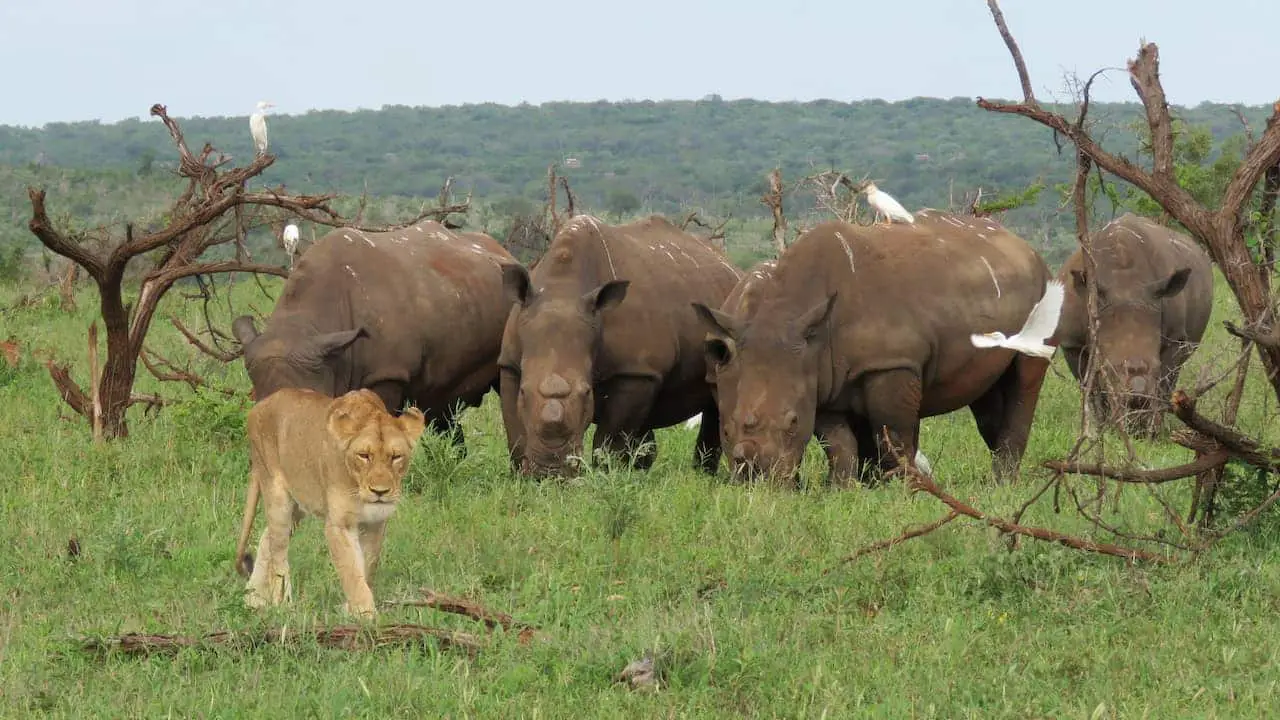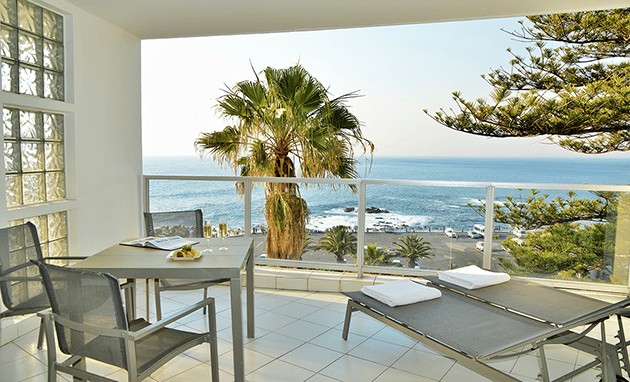Diani Beach – Magical Kenya’s Hidden Gem
Kenya is renown as a Big 5 safari destination but not many are aware of its Marine 5, which abound along the country’s 1420 km coastline. Here, some truly unique hidden gems await international tourists to show off its marine heritage. Diani Beach is a prime example of one of these gems, writes Des Langkilde.
The Marine 5 of course refers to the oceans Big 5; whales, giant manta rays, whale sharks, dolphins, and tiger sharks – all of which abound along the East Coast of Africa.
Diani is located 30 kilometres south of Mombasa, in Kwale County, which is named after its capital, although Ukunda is the largest town.
Diani’s Golden Mile (the beach actually stretches for 6 miles, from the Kongo river to the north and Galu beach to the south – the southern point of reference is an old Baobab tree next to an ancient mosque alongside the Mwachema River), lies adjacent to Ukunda town and is bordered by an assortment of hotels, resorts and private villas that are accessed via the town’s only tarred road.
This was my first trip to Kenya’s South coast, although I had visited Kenya’s Lamu Island on the North coast in 2014 (read the article here).
Arriving at Ukunda’s airstrip onboard Safarilink‘s scheduled flight from Nairobi’s Wilson Airport, our media group of five journalists were escorted to a waiting taxi by our able guide, Everlyne Partoip from Kenya Tourism Board (Everlyne also looks after KTB’s social media, so needless to say that we were ‘pushed to post’).
After a short drive along a rutted sand road from the airport, and along Ukunda’s singular tarred road, bordered by a miscellany of shanty structures interspersed with curio stalls, shopping centres and restaurants, our driver turned off the road following an obscure track beneath a liana strewn canopy of tropical forest. Our trepidation at arriving at an unmarked property access gate was soon dispelled as we were warmly welcomed by our Italian host Dr. Fabrizio Molinaro to, what we later discovered to be, the famous Alfajiri Villas. But that’s another story – read our Property Review here.
After a refreshing Safari Larger and late afternoon pizza snack, we retired to our respective villa rooms to change for a swim in the warm and tranquil Indian ocean swell of Diani Beach – a welcome relief after the dry bushlands of Mount Kenya (more on this trip in our January edition).
A walk along Diani Beach the following morning revealed that it is not only the longest, but also the liveliest of Kenya’s beaches with water sport activities that are as varied as they are ample. Kite surfing is popular, and local operators offer courses and equipment for sale or hire. Deep-sea fishing, glass-bottom boat trips, wind surfing, scuba diving, snorkelling and body boarding are just a few of the activities. The water is shallow near shore, with sandbars near the surface, which allow wading with a clear view of the sandy bottom, although sea urchins are an ever present threat.
Adventure activities are also popular, such as sky diving or scenic flights up the coast in a microlight. For the less adventurous, camel rides are also offered along the beach.
A day excursion to Kisite Marine National Park, a 40 minute taxi drive to Shimoni along rutted sand roads to the south of Diani, is well worth the journey. Our media group arrived late, much to the disgruntled consternation of Pilli Pipa Dolphin Safari‘s owner Harm Lutjeboer, whose chastisement was fair considering that we’d held up the Dhow’s scheduled 8:30am departure.
Pilli Pipa operate three Arab Dhows, all equipped with buoyancy jackets, cushioned seats, snorkelling and scuba diving equipment that includes optical prescription masks fitted with -3.00 to -7.00 lenses for nearsighted divers.
The marine park consists of four small islands surrounded by coral reef and is particularly suited to snorkelling with minimal current and clear visibility. Fishing and boat anchoring is prohibited in the marine park so the shallow reefs are in pristine condition. I’ve dived the reefs off neighbouring Tanzania’s Zanzibar and Pemba islands, and Kisite’s reefs compare favourably with sightings of triggerfish, moray eels, angelfish, wrasse, pufferfish, scorpionfish, damselfish, snapper, hawksbill turtles and dolphins. Apparently, over 45 types of coral and 360 fish species have been identified within the park.
The day excursion package includes a seafood lunch served with wine, beer and soft drinks on Wasini island. The fresh crab and filleted fish is prepared Swahili style, and the crisply fried seaweed is unusual and delectable.
Lunch is followed by an optional tour of the Shimoni Slave Cave. The slave cave is a haunting testament to the struggles of Africans who were enslaved by its invaders during the 18th and 19th century. The caves themselves have been formed by erosion from the rising and falling tide, and the walls are lined with metal studs and chains that were once used to bind and control the captive slaves. Slaves would be held in the caves for up to three weeks before boarding a Dhow to the slave market in Zanzibar before being shipped to Europe, Americas and Arabia.
There is also a Wasini Island mangrove boardwalk leading to the coral gardens, which is a community project maintained by the Wasini Women Group. Formed in 1978, the group works to identify and implement projects that will generate income for the village. The boardwalk takes you to excellent observation points to see the fossil coral gardens and mangroves, and you walk with an experienced and knowledgeable guide who explains the significance of the ecosystem, as well as mangrove species and significant coral formations.
Back at Diani, the nearby Shimba Hills National Reserve provides an opportunity for travellers to combine a safari with their beach holiday. The reserve is famous for being home to Kenya’s only population of Sable antelope, also known as the Shimba Sable, and for the large elephant herds found there and in neighbouring Mwaluganje elephant sanctuary. The reserve is also an important site for birds, butterflies, and certain endangered species of cycad and orchids.
In conclusion, Diani is a hidden gem that ought to be included in Kenya inbound tour itineraries as it possesses a wide range of accommodation options to suit both budget and affluent travellers. The local tour operators and guides are professional and knowledgeable, and are keen to work with travel agents in structuring bespoke itineraries structured to meet the needs of leisure and niche tourism sectors.
For more information visit www.magicalkenya.com or www.ktb.go.ke











